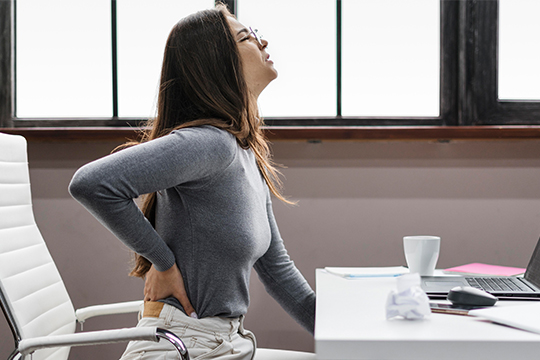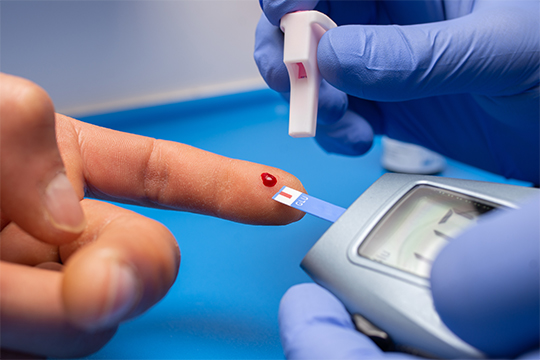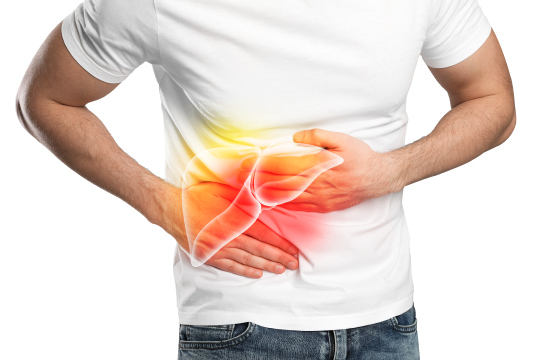Home > Disease and Treatments > Varicose Veins: Causes, Symptoms, and Effective Treatment Options
Varicose Veins: Causes, Symptoms, and Effective Treatment Options
Varicose veins are enlarged, swollen, twisting veins that are typically blue or dark purple. Their most common location is on the legs, either inside the leg or behind the knee. Symptoms occur when faulty or damaged valves in the veins allow blood to flow in the wrong direction.
Symptoms
A varicose vein might not cause pain. Varicose veins can cause the following symptoms:
- Violet, blue, or skin-colored veins. Depending on your skin colour, these changes may be harder or easier to see.
- Twisted and bulging veins. Leg cords are often seen on them.
Symptoms of varicose veins that cause pain include:
- Leg pain or a feeling of heaviness.
- Lower leg pain, cramping, burning, and swelling.
- Standing or sitting for a long period of time causes more pain.,
- An itching sensation around the veins.
- Skin colour changes around varicose veins.
Risk factors
You may develop varicose veins if you suffer from the following factors:
- Family history.
- pregnancy
- being overweight
- old age
- Continuously standing or sitting for a long time.
Complications
Complications of varicose veins are rare. They can include:
- Leg Ulcers. Near varicose veins, mostly near the ankles, painful ulcers can form.
- Blood clots. Leg veins can sometimes become larger. A swollen or painful leg might be the result.
- Bleeding.
- Leg swelling.
Diagnosis
A doctor will perform a physical exam and ask about your symptoms, family history, activity levels, and lifestyle to diagnose varicose veins. A duplex ultrasound (DUS)external link may also be performed by your provider. A non-invasive method of measuring blood flow in your legs is done using sound waves. The DUS is often recommended by providers as a method of diagnosing varicose veins.
Treatment
Varicose veins may be treated with self-care measures, compression stockings, or surgical procedures. Often, varicose veins are treated as outpatient procedures.
Self-care
Varicose veins can be eased by exercising, raising your legs when sitting or lying down and wearing compression stockings. It might also be possible to prevent the veins from getting worse by taking self-care measures. Varicose veins can be relieved with compression stockings that improve blood flow.
Surgeries or other procedures
Healthcare professionals may suggest surgery or other procedures if self-care steps and compression stockings don't work or varicose veins are severe they can be treated with the following procedures:
- Sclerotherapy.
- Laser treatment.
- Catheter-based procedures using radiofrequency or laser energy.
- High ligation and vein stripping.
- Ambulatory phlebectomy
Prevention
The risk of varicose veins may be reduced by improving blood flow and muscle tone. Treatments for varicose veins can also be used to prevent them. The following may be helpful
- Exercise regularly.
- Maintain a healthy weight.
- Avoid tight clothing.
- avoid sitting with the legs crossed.
- Quit smoking
Disclaimer: This is general information about the disease and treatment options, please consult a specialist doctor for the right diagnosis and treatment, which may vary based on each patient. Book an appointment with your specialist to know further.





